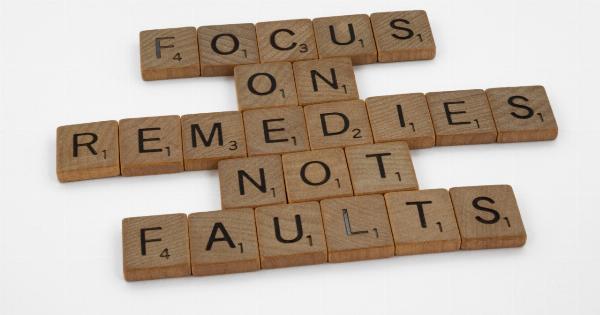Memory is one of the most important cognitive abilities we possess. It allows us to retain information, learn new skills and recall past events.
Sometimes we may have trouble remembering important information, but there are many techniques we can use to improve our memory. One of these techniques is using visual aids to enhance memory retention. In this article, we will explore how visual aids can improve memory and provide tips on using them effectively.
What Are Visual Aids?
Visual aids are any kind of image or graphic that can help convey or enhance information. They can be used to highlight important points, clarify complex concepts or provide a visual representation of data. Some common types of visual aids include:.
- Charts and graphs
- Infographics
- Images and photos
- Diagrams and flowcharts
- Mind maps and concept maps
How Do Visual Aids Help Memory?
Visual aids can help our memory in a number of ways. Firstly, they help to reduce cognitive load. Our brain can only process a limited amount of information at once, and visual aids help to organize complex information in a way that is easily digestible.
This means that we can remember more of the information we are presented with.
Secondly, visual aids can help with recall. When we associate information with an image or graphic, we are creating a stronger neural connection in our brain. This makes it easier to recall the information later on.
For example, if you are trying to remember a list of items, you might create a mental image of each item in your head. This can help you recall the list later on.
Finally, visual aids can help with attention and engagement. Humans are naturally drawn to images and graphics, and they can help to keep us engaged and interested in the material. This can lead to better retention of the information.
How to Use Visual Aids Effectively
While visual aids can be extremely useful, it is important to use them effectively. Here are some tips for using visual aids to boost your memory:.
Choose the Right Type of Visual Aid
The first step is to choose the right type of visual aid for the information you are presenting. For example, if you are presenting data, a chart or graph might be the most effective visual aid.
If you are presenting a process or flow, a diagram or flowchart might be more appropriate. Consider the information you are trying to convey and choose the visual aid that will best represent that information.
Keep it Simple
When creating visual aids, it is important to keep them simple. Too much information or complexity can actually hinder memory retention. Stick to simple graphics and avoid overwhelming your audience with too much information.
Use Color
Color can be an effective way to draw attention to important information and create a visual hierarchy. Use color sparingly, but strategically to help convey your message.
For example, you might use a bright color to highlight a key point, or use a lighter color for less important information.
Avoid Distractions
While visual aids can be helpful, they can also be distracting if not used appropriately. Avoid using too many images or graphics on a slide, as this can overwhelm your audience.
Ensure that your visual aids are directly relevant to the information you are presenting.
Practice, Practice, Practice
As with any presentation or speech, practice is essential. Make sure you are familiar with your visual aids and know how to use them effectively. Practice your presentation with your visual aids to ensure that everything flows smoothly.
Conclusion
Visual aids are an effective way to boost memory retention. They help to reduce cognitive load, improve recall and increase engagement with the material.
By choosing the right type of visual aid and using it effectively, you can enhance your memory and ensure that your audience remembers the information you are presenting.





























